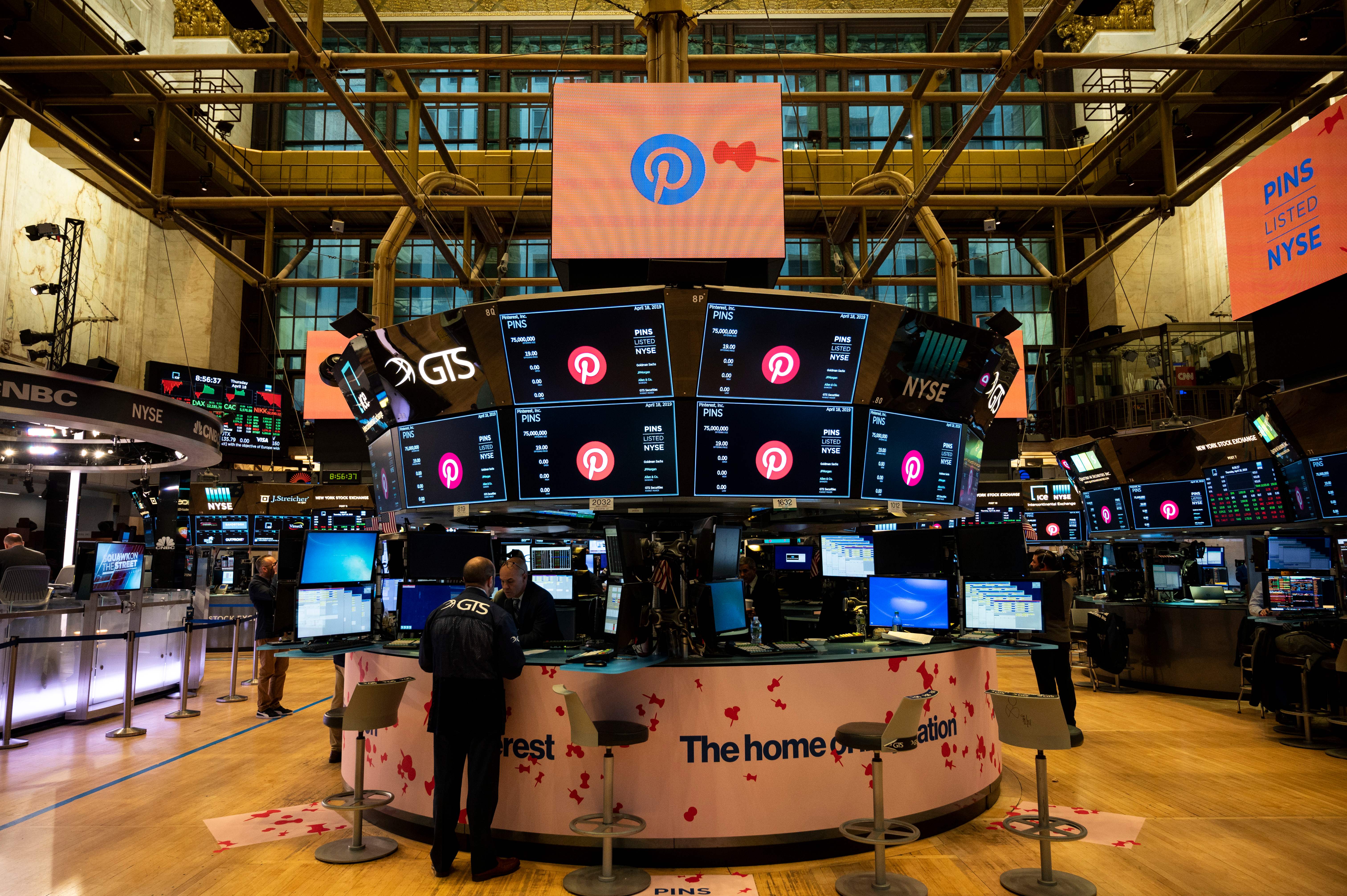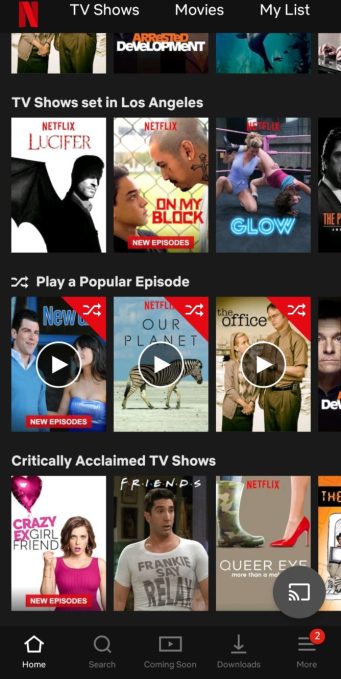Joanna Glasner
Contributor
More posts by this contributor
In a foodie’s ideal world, we’d all eat healthy, minimally processed cuisine sourced from artisanal farmers, bakers and chefs.
In the real world, however, most of us derive the lion’s share of calories from edibles supplied by a handful of giant food conglomerates. As such, the ingredients and processing techniques they favor have an outsized impact on our daily diets.
With this in mind, Crunchbase News decided to take a look at corporate food VCs and the startups they are backing to see what their dealmaking might say about our snacking future. We put together a list of venture funds operated by some of the larger food and beverage producers, covering literally everything from soup to nuts (plus lunch meat and soda, too!).
Like their corporate backers, startups funded by “Big Food” are a diverse bunch. Recent funding recipients are pursuing endeavors ranging from alternative protein to biospectral imaging to fermented fungus. But if one were to pinpoint an overarching trend, it might be a shift away from cost savings to consumer-friendliness.
“You think of food-tech and ag-tech 1.0, these were technologies that were primarily beneficial to the producers,” said Rob LeClerc, founding partner at AgFunder, an agrifood investor network. “This new generation of companies are really more focused on what does the consumer want.”
And what does the consumer want? This particular consumer would currently like a zero calorie hot fudge sundae. More broadly, however, the general trends LeClerc sees call for food that is healthier, tastier, nutrient-dense, satiating, ethically sourced and less environmentally impactful.
Below, we look at some of the trends in more detail, including funded companies, active investors and the up-and-coming edibles.
The new, new protein
Mass-market foods may get better but also weirder. This is particularly true for one of the more consistently hot areas of food-tech investment: alternative protein.
Demand for protein-rich foods, combined with ethical concerns about consuming animal products, has, for a number of years, led investors to startups offering meaty tasting tidbits sourced from the plant world.
But lately, corporate food giants have been looking farther beyond soy and peas. Lab-grown meat, once an oddball endeavor good for headlines about $1,000 meatballs, has been attracting serious cash. Since last year, at least two companies in the space have closed rounds backed by Tyson Ventures, the VC arm of the largest U.S. meat producer. They include pricey meatball maker Memphis Meats (actually based in California), which raised $20 million, and Israel-based Future Meat Technologies, a biotech startup working on animal-free meat, which secured $2 million.
Much of the early enthusiasm for new products stems from disillusionment with the existing ingredients we overeat.
If you cringe at the notion of lab-grown cell meat, then there’s always the option of getting your protein through microbes in volcanic springs. That’s the general aim of Sustainable Bioproducts, a startup that raised $33 million in Series A funding from backers including ADM and Danone Manifesto Ventures. The Chicago company’s technology for making edible protein emerged out of research into extremophile organisms in Yellowstone National Park’s volcanic springs.
Meanwhile, if you hanker for real dairy milk but don’t want to trouble cows, another startup, Perfect Day, is working on a solution. Per the company website: “Instead of having cows do all the work, we use microflora and age-old fermentation techniques to make the very same dairy protein that cows make.” Toward that end, the Berkeley company closed a $35 million Series B in February, with backing from ADM.
Fermentation
Perfect Day isn’t the only fermentation play raising major funding.
Corporate food-tech investors have long been interested in the processing technologies that turn an obscure microbe or under-appreciated crop into a high-demand ingredient. And lately, LeClerc said, they’ve been particularly keen on startups finding new ways to apply the age-old technology known as fermentation.
Most of us know fermentation as the process that turns a yucky mix of grain, yeast and water into the popular beverage known as beer. More broadly, however, fermentation is a metabolic process that produces chemical changes in organic substrates through the action of enzymes. That is, take a substance, add something it reacts with and voilà, you have a new substance.
Several of the most heavily funded, buzz-generating companies in the food space are applying fermentation, LeClerc said. Besides Perfect Day, examples he points to include the unicorn Ginkgo Bioworks, Geltor (another alt-protein startup) and mushroom-focused MycoTechnology.
Colorado-based MycoTechnology has been a particularly attractive investor target of late. The company has raised $83 million from a mix of corporate and traditional VCs, including a $30 million Series C in January that included Tyson and Kellogg’s venture arm, Eighteen94 Capital . Founded six years ago, the company is pursuing a range of applications for its fermented fungi, including flavor enhancers, protein supplements and preservatives.
Supply chain
Besides adding strange new ingredients to our grocery shelves, corporate food-tech investors are also putting money into technologies and platforms aimed at boosting the security and efficiency of existing supply chains.
Just like new foods, much of the food safety tech sounds odd, too. Silicon Valley-based ImpactVision, a seed-funded startup backed by Campbell Soup VC arm Acre Venture Partners, wants to employ hyper-spectral imaging to perceive information about contamination, food quality and ripeness.
Boston-based Spoiler Alert, another Acre portfolio company, develops software and analytics for food companies to manage unsold inventory. And Pensa Systems, which uses AI-powered autonomous drones to track in-store inventory, raised a Series A round this year with backing from the venture arm of Anheuser-Busch InBev.
Is weirder better?
We highlighted a few trends in corporate food-tech investment, but there are others that merit attention, as well. Probiotics plays, including the maker of the GoodBelly drink line, are generating investor interest. New ingredients other than proteins are also attracting capital, such as UCAN, a startup developing energy snacks based on a novel, slow-digesting carbohydrate. And the list goes on.
Much of the early enthusiasm for new products stems from disillusionment with the existing ingredients we overeat. But LeClerc noted that new products aren’t always better in the long run — they just might seem so at first.
“The question in the back of our head is: Are we ever creating margarine 2.0,” he said. “Just because it’s a plant product doesn’t mean it’s actually better for you.”

Source: Tech Crunch














